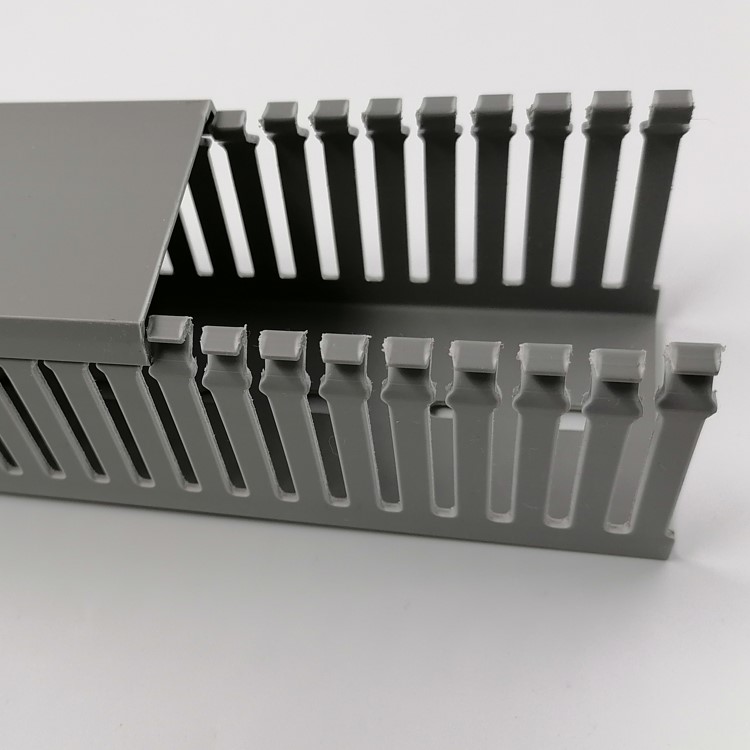Electric charge is a conserved property: the net charge of an isolated system, the quantity of positive charge minus the amount of negative charge, cannot change. Electric charge is carried by subatomic particles. In ordinary matter, negative charge is carried by electrons, and positive charge is carried by the protons in the nuclei of atoms. If there are more electrons than protons in a piece of matter, it will have a negative charge, if there are fewer it will have a positive charge, and if there are equal numbers it will be neutral. Charge is quantized: it comes in integer multiples of individual small units called the elementary charge, e, about 1.602×10−19 C,[1] which is the smallest charge that can exist freely. Particles called quarks have smaller charges, multiples of 1/3e, but they are found only combined in particles that have a charge that is an integer multiple of e. In the Standard Model, charge is an absolutely conserved quantum number. The proton has a charge of +e, and the electron has a charge of −e.







